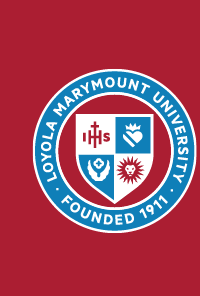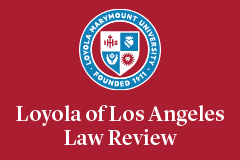Strings Are Attached: Revealing the Hidden Subsidy for Perpetual Donor Limits on Gifts
Start Date
24-3-2023 10:30 AM
End Date
24-3-2023 11:20 AM
Description
Charitable gifts often come with strings attached. Donors limit their gifts in many ways, by restricting an asset’s use or purpose, controlling the timing of spending (as in an endowment), securing naming rights, or by retaining effective control over the distribution or investment of the asset by giving to a charitable intermediary such as a donor advised fund or private foundation. Most donor limits are perpetual in nature and a form of dead hand control. The Article explains that default rules strongly favor donor limits. Property law allows donors wide latitude to place limits on gifts, and they are easy for donors to impose. Once imposed, donor limits typically are extremely hard for charities to eliminate, as obedience to the donor’s intent is a priority in the law. Federal tax rules also favor donor limits by treating most donor-limited gifts the same as unrestricted gifts for purposes of the income and estate tax charitable deductions. As a result, donor limits are common, and burden a substantial portion of charitable assets. The Article finds based on a review of Form 990 data that, for 96 of the leading charities in the U.S., 69% of their $474 billion in net assets are subject to donor limits. For the 17 private universities in this group, 68% of the total endowment is donor limited. There is thus a substantial, hidden tax law subsidy for donor limits on gifts, yet one that entails many harms, including to the public interest, charitable autonomy, pluralism, constraining access to resources, compliance costs, and subsidizing gains to donors. Given these harms, the Article considers tax reform options for donor limited gifts. These include treating donor limits as retained rights or as return benefits (thus reducing the charitable deduction to account for limits), estate tax reform to discourage giving to intermediaries, encouraging unrestricted gifts from intermediaries, and not subsidizing donor limits in connection with any new giving incentive, such as a nonitemizer deduction or charitable giving credit. Under any of the reform approaches, the power of donors to impose limits would not change. But charity, and society, would be relieved from some of the costs of the dead hand.
Strings Are Attached: Revealing the Hidden Subsidy for Perpetual Donor Limits on Gifts
Charitable gifts often come with strings attached. Donors limit their gifts in many ways, by restricting an asset’s use or purpose, controlling the timing of spending (as in an endowment), securing naming rights, or by retaining effective control over the distribution or investment of the asset by giving to a charitable intermediary such as a donor advised fund or private foundation. Most donor limits are perpetual in nature and a form of dead hand control. The Article explains that default rules strongly favor donor limits. Property law allows donors wide latitude to place limits on gifts, and they are easy for donors to impose. Once imposed, donor limits typically are extremely hard for charities to eliminate, as obedience to the donor’s intent is a priority in the law. Federal tax rules also favor donor limits by treating most donor-limited gifts the same as unrestricted gifts for purposes of the income and estate tax charitable deductions. As a result, donor limits are common, and burden a substantial portion of charitable assets. The Article finds based on a review of Form 990 data that, for 96 of the leading charities in the U.S., 69% of their $474 billion in net assets are subject to donor limits. For the 17 private universities in this group, 68% of the total endowment is donor limited. There is thus a substantial, hidden tax law subsidy for donor limits on gifts, yet one that entails many harms, including to the public interest, charitable autonomy, pluralism, constraining access to resources, compliance costs, and subsidizing gains to donors. Given these harms, the Article considers tax reform options for donor limited gifts. These include treating donor limits as retained rights or as return benefits (thus reducing the charitable deduction to account for limits), estate tax reform to discourage giving to intermediaries, encouraging unrestricted gifts from intermediaries, and not subsidizing donor limits in connection with any new giving incentive, such as a nonitemizer deduction or charitable giving credit. Under any of the reform approaches, the power of donors to impose limits would not change. But charity, and society, would be relieved from some of the costs of the dead hand.



Comments
Professor Edward J. McCaffery (USC Gould School of Law) to provide discussion/commentary.